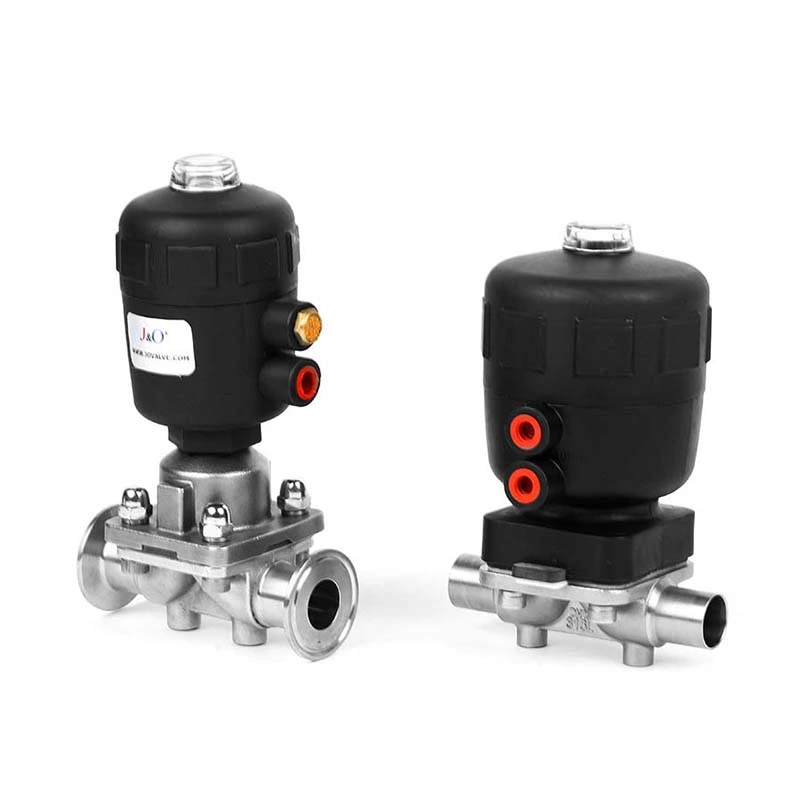How To Install And Maintain Sanitary Diaphragm Valves?
Sanitary Diaphragm Valve is a stop valve that uses a diaphragm as a start and close member to close the flow channel, cut off the fluid, and separate the valve body cavity from the valve cover cavity. The diaphragm is usually made of elastic, corrosion-resistant, and non-permeable materials such as rubber and plastic. So do you know how to install and maintain sanitary diaphragm valves?
The installation and maintenance methods of sanitary diaphragm valves are as follows:
1. Before installing the G81F sanitary diaphragm valve, carefully check whether the operating conditions of the pipeline are consistent with the specified use range of this valve, and clean the inner cavity to prevent dirt from blocking or damaging the sealing parts.
2. Do not apply grease or oil to the rubber lining layer and the surface of the rubber diaphragm to prevent rubber swelling and affect the service life of the diaphragm valve.
3. The handwheel or transmission mechanism is not allowed to be used for lifting, and collision is strictly prohibited.
4. The diaphragm valve should be stored in a dry and ventilated room. Stacking is strictly prohibited. The two sides of the diaphragm valve in stock
5. When manually operating the diaphragm valve, do not use the auxiliary lever to prevent excessive torque from damaging the drive components or sealing parts.
